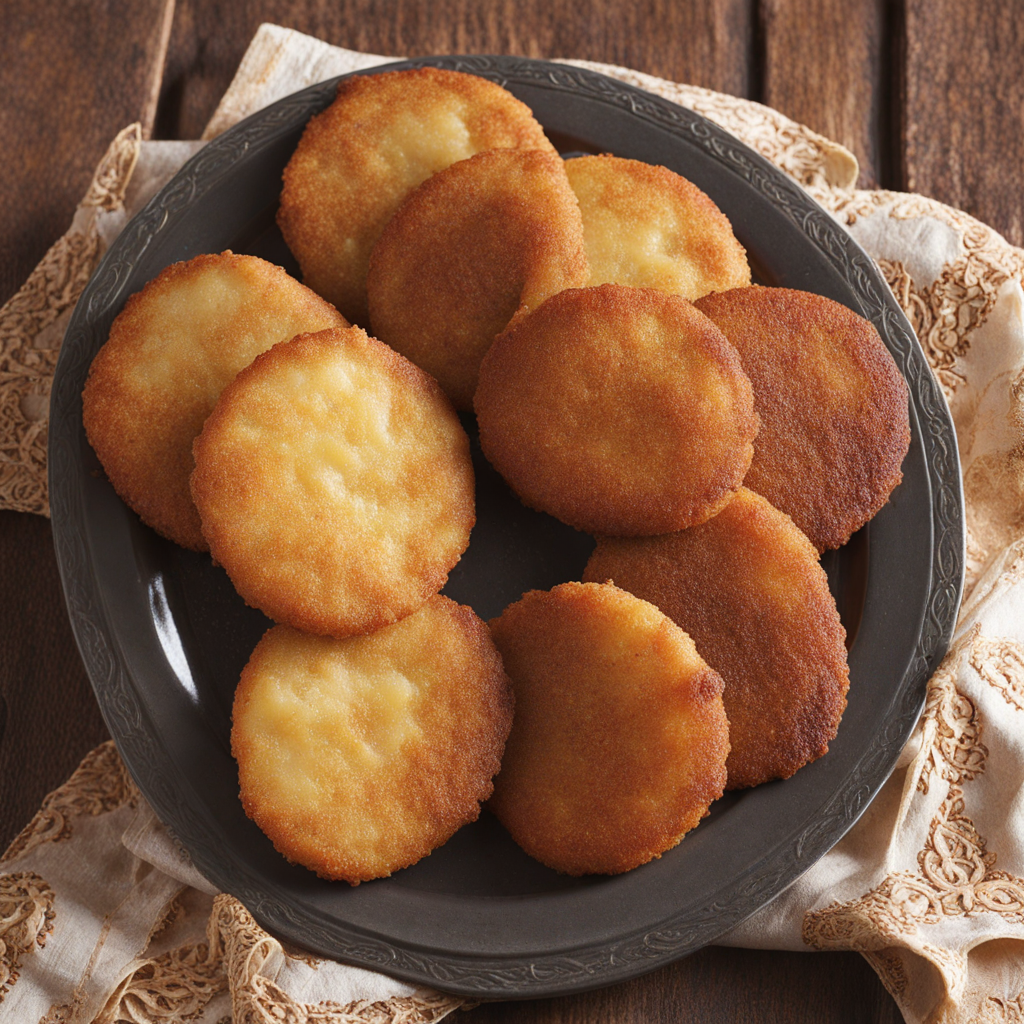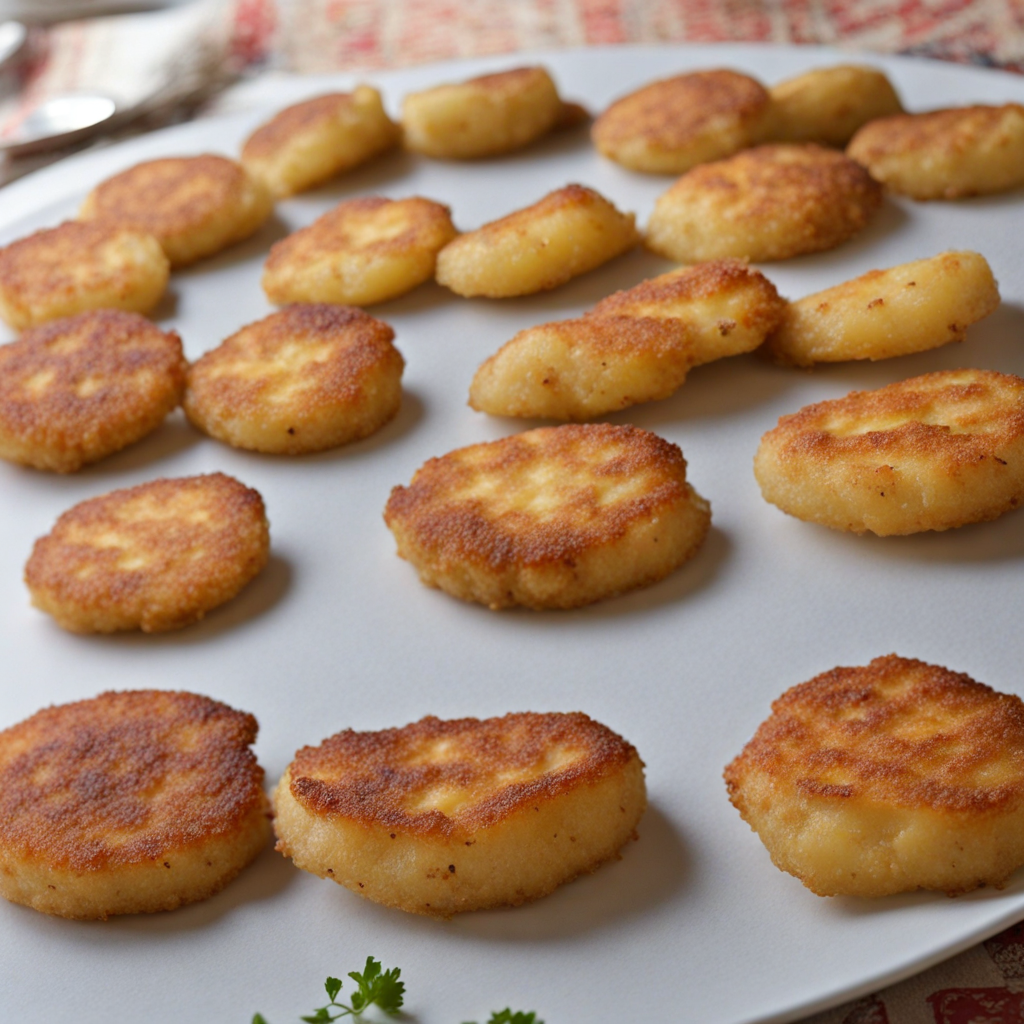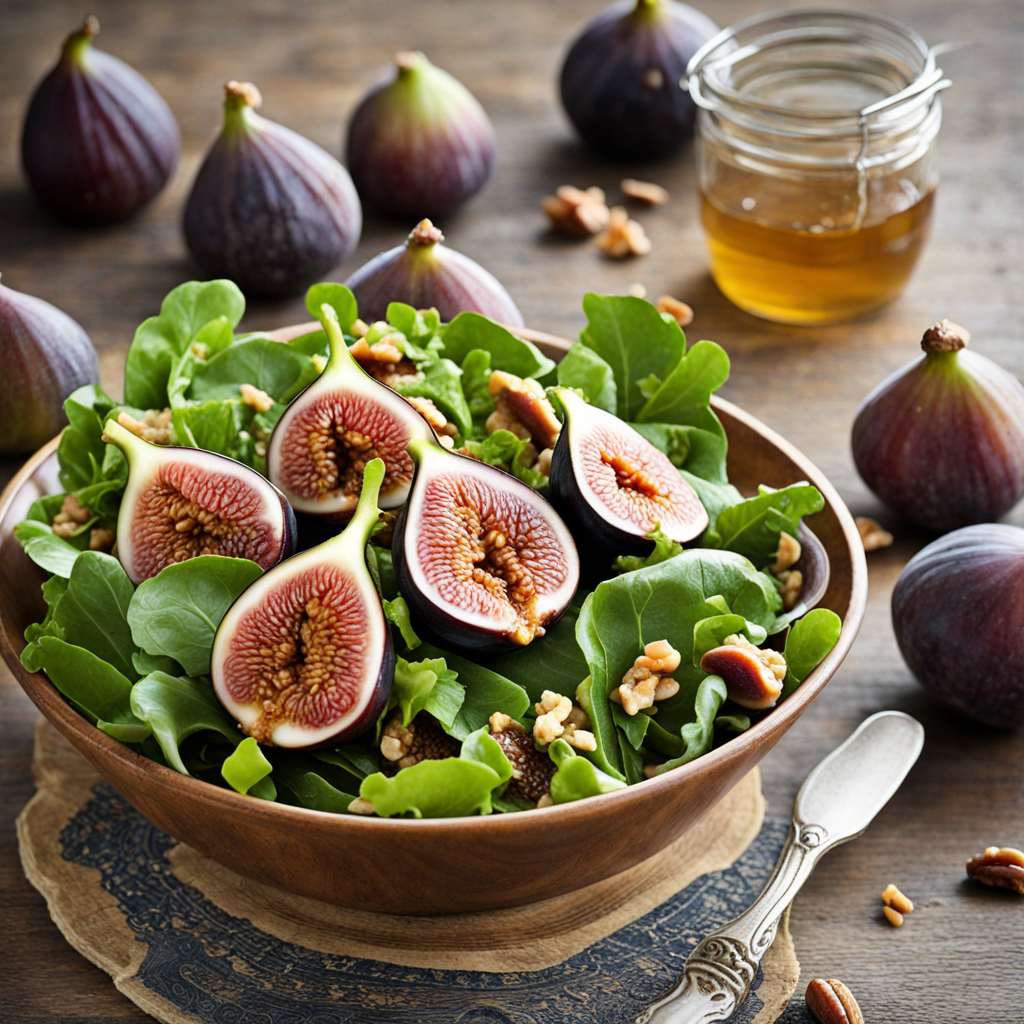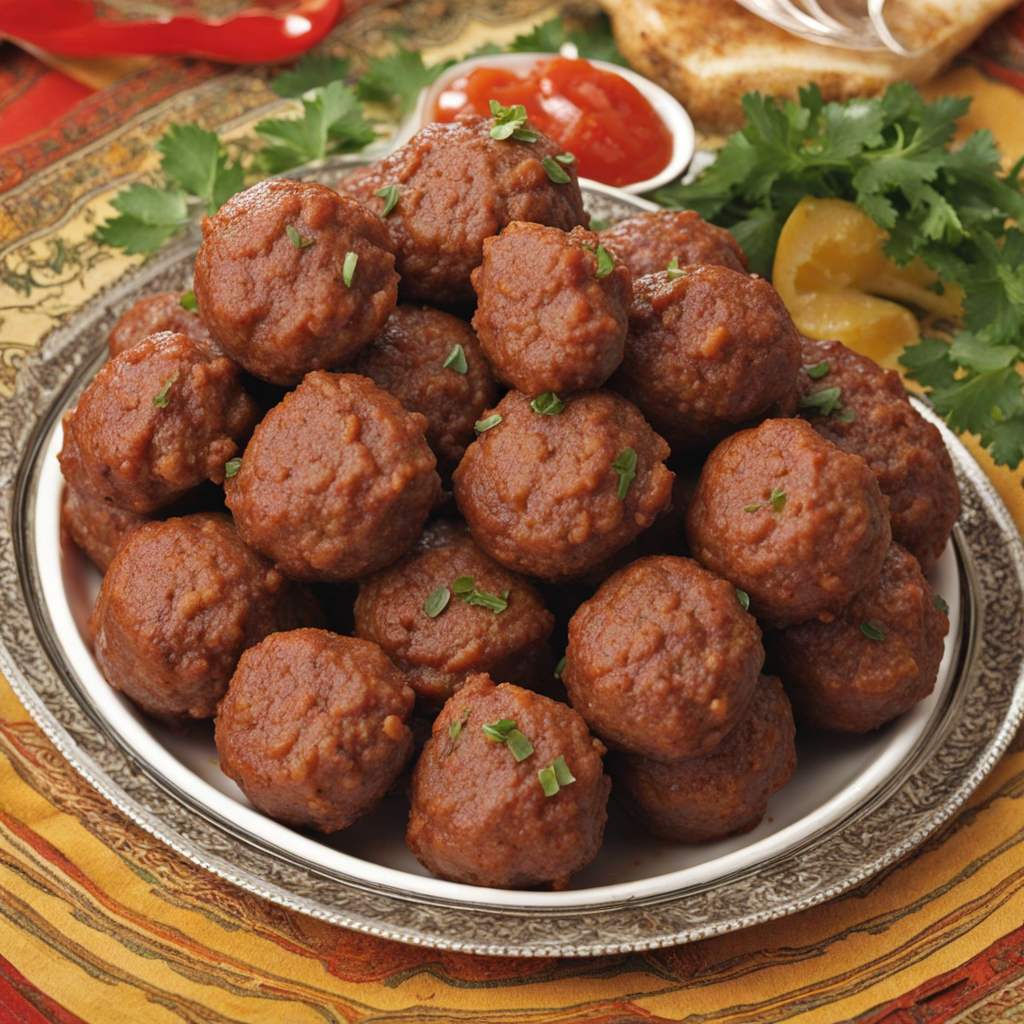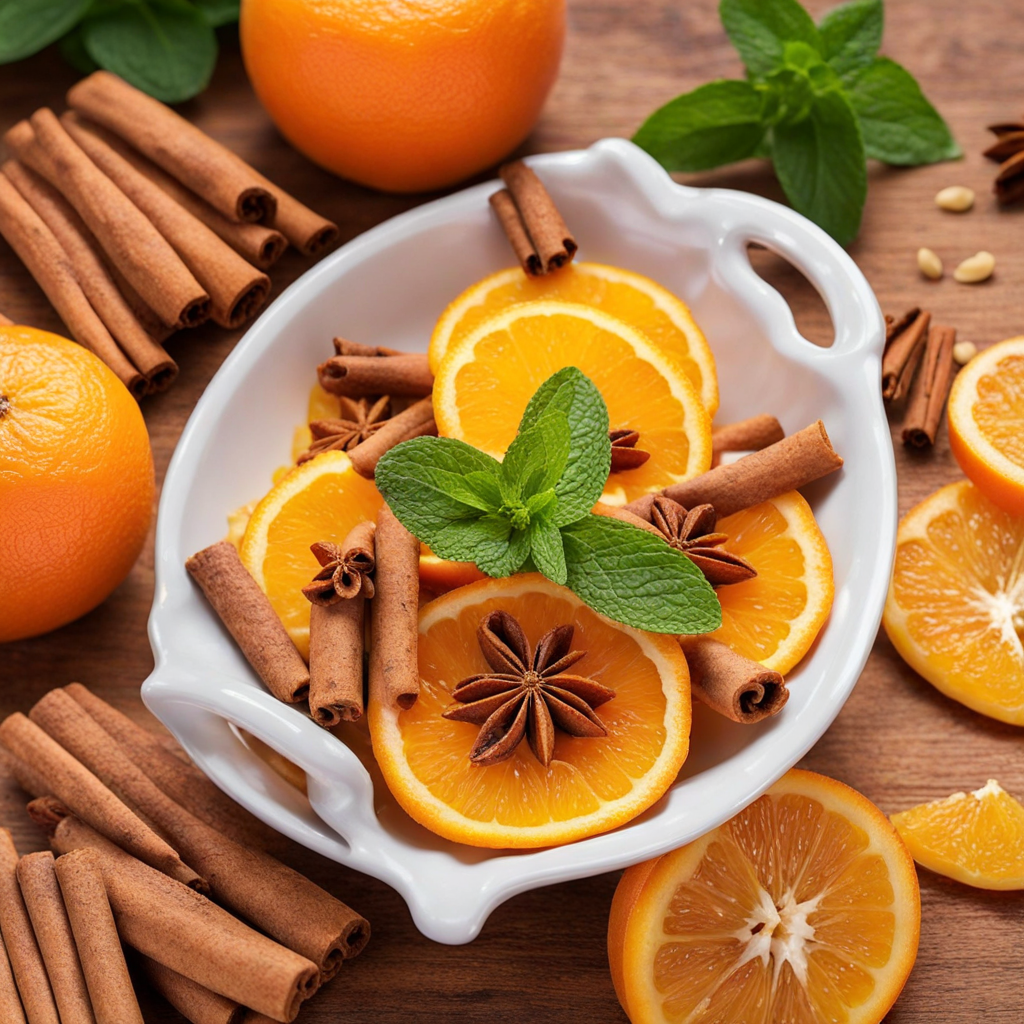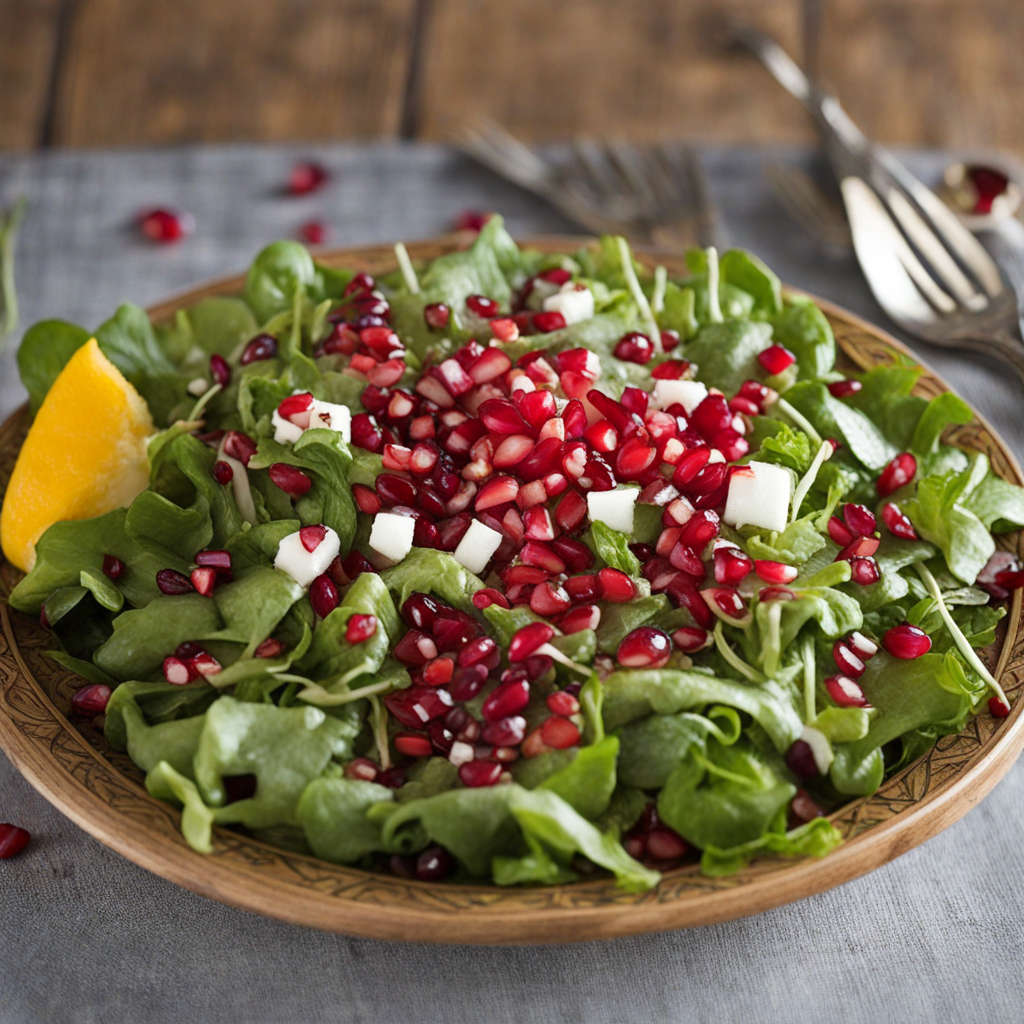Maakouda
Maakouda is a traditional Moroccan dish that showcases the vibrant flavors and spices characteristic of North African cuisine. These delightful potato cakes are typically made by mashing boiled potatoes and then mixing them with a blend of aromatic spices such as cumin, coriander, and paprika. The addition of fresh herbs like parsley or cilantro elevates the flavor profile, giving each bite a refreshing burst. The mixture is often shaped into small patties, which are then coated in flour before being fried to golden perfection, resulting in a crispy exterior that contrasts beautifully with the tender interior. What sets Maakouda apart is its versatility; it can be enjoyed as a snack, appetizer, or even as part of a main course. Often served with a side of spicy harissa sauce or a tangy yogurt dip, these potato cakes are perfect for dipping and add an extra layer of depth to the dish. The combination of spices creates a warm, inviting taste that reflects Morocco's rich culinary heritage, making Maakouda a must-try for anyone looking to explore new flavors. In Morocco, Maakouda is not just food; it’s a cultural experience, commonly found in street stalls and local eateries. The atmosphere of sharing food, combined with the enticing aroma wafting through the air, makes enjoying Maakouda a delightful affair. Whether you're savoring them at a bustling market or preparing them at home, these potato cakes promise to transport you to the vibrant streets of Morocco, inviting you to indulge in a taste of this beautiful country.
How It Became This Dish
The History of معقودة: A Culinary Jewel of Morocco Origins معقودة (Maâkoud) is a beloved Moroccan dish that showcases the rich culinary tapestry of the country. Its roots can be traced back to the ancient Berber culture, which has been a significant influence on Moroccan cuisine. The Berbers, known for their agricultural practices, cultivated a variety of grains and vegetables that formed the basis of their diet. The use of potatoes in معقودة is a relatively modern adaptation, as the tuber was introduced to Morocco following the Columbian Exchange in the late 15th century. Initially, potatoes were viewed with skepticism, but they quickly became a staple ingredient in Moroccan kitchens. The dish is typically made by mashing boiled potatoes and mixing them with spices, herbs, and sometimes other vegetables or meats. The mixture is then shaped into patties and fried until golden brown. The simplicity of the ingredients belies the complexity of flavors that emerge from the careful blending of spices, which often include cumin, paprika, and coriander. The resulting dish is not only delicious but also a reflection of the resourcefulness of Moroccan cooks, who have adapted their traditional fare to incorporate new ingredients over the centuries. Cultural Significance معقودة holds a special place in Moroccan culture, often served as a street food snack or a mealtime accompaniment. It embodies the communal spirit of Moroccan eating habits, where food is not just sustenance but a means of bringing people together. Traditionally, meals are shared among family and friends, and معقودة serves as a bridge between the humble and the celebratory. The dish is also a symbol of the Moroccan culinary philosophy, which emphasizes the use of fresh, local ingredients and the importance of flavor. It reflects the broader Mediterranean influence on Moroccan cuisine, marked by a combination of flavors and cooking techniques borrowed from neighboring regions. The practice of frying is particularly significant, as it aligns with the Moroccan penchant for deep-fried snacks, which are often enjoyed during social gatherings, festivals, and street fairs. In addition to its social role, معقودة has also gained recognition as a comfort food. The crisp exterior and soft, flavorful interior provide the ideal balance for those seeking a satisfying bite. This dual nature—both simple and indulgent—makes it a beloved dish across various demographics, from busy workers grabbing a quick snack to families enjoying a leisurely meal together. Development Over Time Over the years, معقودة has evolved, adapting to changes in Moroccan society and culinary trends. In the 20th century, as urbanization increased and food production methods modernized, recipes for معقودة began to include a wider range of ingredients. While traditional versions remain popular, contemporary cooks have experimented with variations that incorporate different vegetables, cheeses, or proteins. For instance, some modern interpretations might include the addition of spices like harissa for a spicy kick or herbs such as parsley and cilantro for freshness. The globalization of food culture has also impacted the way معقودة is perceived and prepared. With the advent of social media and the rise of food blogs, Moroccan cuisine—once largely confined to the borders of the country—has gained international attention. As travel became more accessible, tourists flocked to Morocco, eager to experience its rich culinary heritage firsthand. This attention has led to the emergence of fusion versions of معقودة that blend Moroccan flavors with other global cuisines, showcasing its versatility and appeal. Moreover, the rise of food tourism has allowed local chefs and home cooks to share their knowledge of traditional dishes like معقودة with a broader audience. Cooking classes and food tours have become popular activities for visitors, who seek to immerse themselves in the local culture. This cultural exchange has resulted in a renewed appreciation for traditional Moroccan recipes, encouraging younger generations to learn and preserve their culinary heritage. Regional Variations As with many traditional dishes, معقودة is not without its regional variations across Morocco. In the coastal cities, for example, it might be paired with seafood, reflecting the importance of fish in the local diet. In the mountainous regions, cooks might incorporate wild herbs and vegetables that are foraged from the surrounding landscapes, resulting in unique flavor profiles that highlight the diversity of Morocco’s natural bounty. The dish is also often served alongside traditional Moroccan bread, such as khobz, or as part of a larger spread that includes salads, tajines, and other staples. This versatility makes معقودة a popular choice for both casual and festive occasions. Conclusion معقودة is more than just a dish; it is a culinary symbol of Morocco's rich history and cultural diversity. From its Berber origins to its modern-day adaptations, it encapsulates the spirit of Moroccan cuisine, which celebrates the use of local ingredients, communal eating, and the blending of flavors. As the world becomes increasingly interconnected, معقودة continues to inspire chefs and home cooks alike, reminding us of the importance of tradition while embracing innovation. In a rapidly changing food landscape, معقودة stands as a testament to the enduring nature of culinary heritage. It invites us to explore the stories behind our food, to appreciate the cultural significance of the dishes we enjoy, and to recognize the shared experiences that come from breaking bread together. Whether served on the bustling streets of Marrakech or in the comfort of a family home, معقودة remains a cherished part of Morocco’s culinary identity, celebrating both its past and its future.
You may like
Discover local flavors from Morocco


